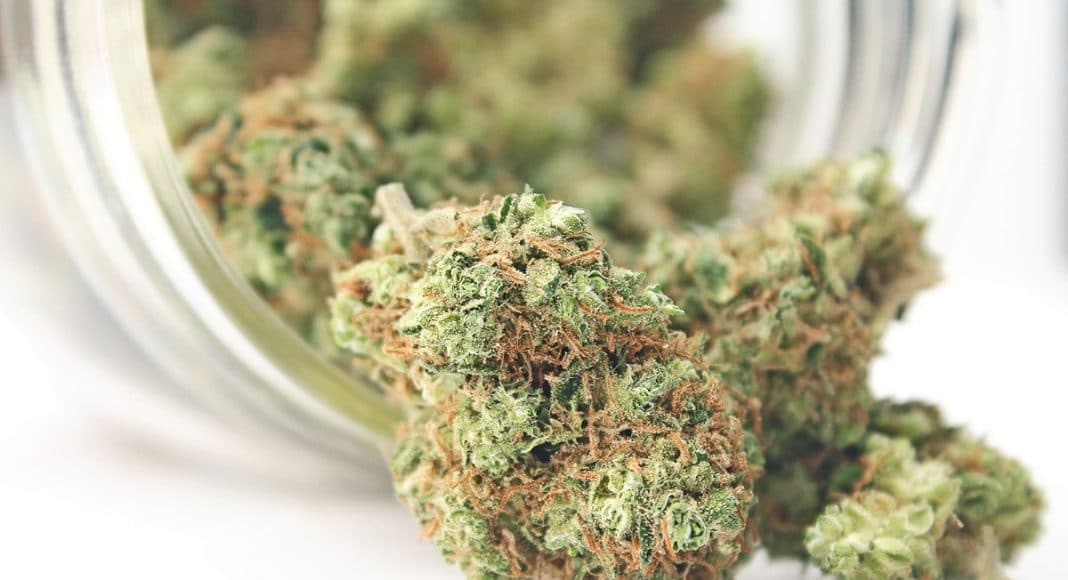Recreational cannabis is a burning topic around the world, especially in Canada as Parliament puts the finishing touches on legalization legislation. The province of Ontario has introduced a bill to govern cannabis sales there. Other provinces are announcing their own retail plans and minimum age limits.
As they finalize the details, governments must ensure they allow cannabis producers to properly brand their products. This will help consumers find the most appropriate products. It will also encourage producers to improve quality.
Many products are easy for consumers to evaluate before purchase. Before buying a shirt, I can see the color and test the fit. In product-design terms, those are “search” features. I judge quality while searching for the best shirt to buy.
However, some products have “experience” features that consumers evaluate through use. Consider restaurant dining. I won’t know the quality of a meal until I eat it.
Other products have “credence” features. Consumers can’t evaluate them at all, and must believe the seller’s claims. Legal advice is an example. I trust my lawyer to put the right clauses into my contract.
Cannabis Product Features
Cannabis mostly has “experience” and “credence” features. Consumers can’t evaluate a product’s high and side effects until they smoke it. Even afterward, they won’t know how much tetrahydrocannabinol (THC) and cannabidiol (CBD) it contained, or whether it had traces of pesticide or mold contamination.
Those are real concerns. Pesticides and mold are not unusual in black-market products. Even legal Canadian medical cannabis producers were forced to recall products this year.
Government regulation can help prevent those unseen factors from harming consumers. That includes standards for allowable pesticides and rules about testing frequency.
In the quality field, such regulations are part of “conformance quality.” They enforce key product minimums and maximums.
But quality isn’t just about avoiding the bad; it also involves creating the good. This is part of “design quality” — making products great, in other words.
For cannabis, design quality has many dimensions. What are the best THC and CBD levels? What is a high-quality high? Should it be smoked or eaten? How do these preferences vary among consumers?
Branding Informs Consumers
The complexity of cannabis’s “credence” and “experience” features make product branding important. Branding can be done via distinctive logos, packaging and advertising. This helps firms explain their products to consumers.
Consider Apple, Coca-Cola and Google. Their brand reputations let consumers know what to expect from products in advance.
With cannabis, recognizable brands could help consumers find the best product for their needs. Different customers may want a mild buzz, a powerful high or more medicinal benefits.
-
Related Story: Woodstock Weed Getting A Modern-Day Marketing Makeover?
Good branding also builds trust. Consumers learn which brands consistently meet their needs.
That’s one advantage legal cannabis could have over illegal. Consumers won’t need to risk unpredictable results buying on the street. They could learn to rely on consistent effects from known brands.
Branding will become even more important with edible products. Those are more complex, combining features of cannabis and food.
Low-Fat Pot Brownies?
How about certified-organic, low-fat, high-CBD brownies? Or cannabis-infused beverages, courtesy of wine-maker Constellation Brands’ recent Canopy Growth investment?
Conversely, without branding, producers have little incentive to pursue excellence. As generic lookalikes, they’d logically aim to minimize costs — and quality.
Unfortunately, Canada’s proposed laws only partly support branding. Much will depend on how those laws are interpreted by supporting regulations.
For example, the federal bill allows “informational” packaging and promotion. But it forbids evoking emotions or lifestyle associations with “glamour, recreation, excitement,” etc.
Indeed, these products shouldn’t look glamorous. But good ads often evoke emotions. Lifestyle images can explain complex products simply. And isn’t this law about “recreational” use?
The law also forbids product giveaways. Sure, we don’t want joints handed out in the street. But free samples let consumers compare competing experiential products, like wines. They would suit cannabis too.
That’s why cannabis producers proposed recently more flexible guidelines. They want enough flexibility in advertising and packaging to effectively brand their products.
(Meanwhile, tobacco producers are annoyed cannabis has any branding options. Theirs have been steadily reduced. Pending legislation may lead to generic tobacco packaging.)
Legalization Is Complex
In the provincial proposals, the devil again is in the hazy details. For example, Ontario apparently wants cannabis kept “behind-the-counter … similar to how tobacco is now sold.”
How similar? Behind-the-counter retailing makes product labels hard to read. If it also hides package images, consumers will lose even more information.
Cannabis legalization isn’t simple. On the positive side, it might reduce patients’ overuse of opioids and the illegal use of crack cocaine. Unfortunately, it may also trigger more impaired driving. Hopefully, education will reduce such harms.
![]() Governments, therefore, must balance many priorities to find the “least bad” approach. But that includes allowing cannabis firms flexibility in communicating with consumers about product quality.
Governments, therefore, must balance many priorities to find the “least bad” approach. But that includes allowing cannabis firms flexibility in communicating with consumers about product quality.
Michael J. Armstrong, Associate professor of operations research, Brock University
This article was originally published on The Conversation. Read the original article.


